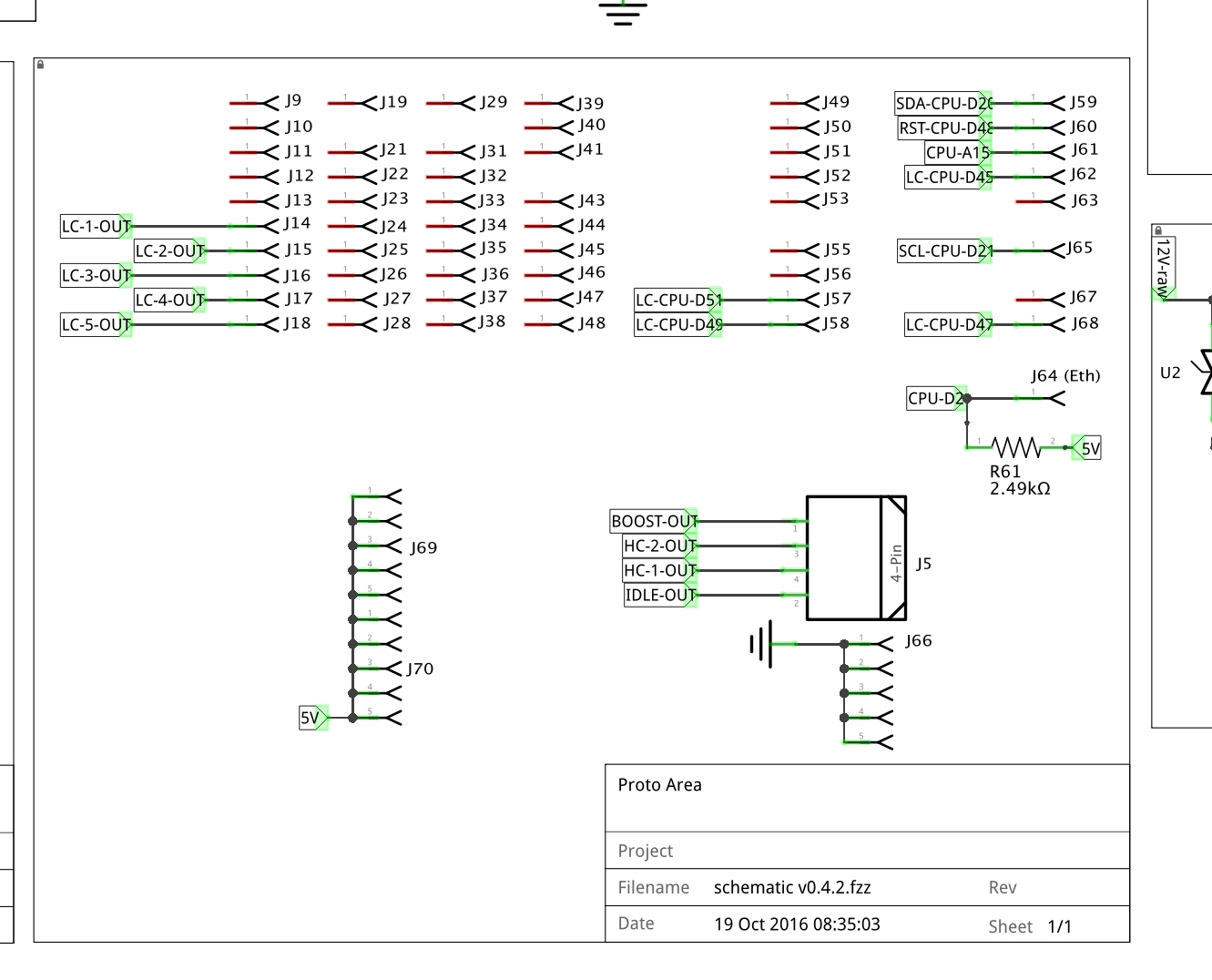Broke4speed
Well-known member
- Joined
- Oct 5, 2009
- Location
- Marionville, Ontario, Canada
I'm currently running Speeduino on my B6304S+T setup, and the latest firmware includes a VSS input. I decided to try incorporating the speed output from the 93 ABS cluster I'm using, since it seems to put out a 5v square wave.
Well, it does...but I'm not sure how clean it is because I cannot get a stable signal out of it for my Speeduino. I had originally done a bunch of stuff and got a great signal...but the voltage was too high and would have killed my ecu. That's a shame because it worked perfectly and the 'right' way doesn't .
.
Perhaps other people will have more success.
Well, it does...but I'm not sure how clean it is because I cannot get a stable signal out of it for my Speeduino. I had originally done a bunch of stuff and got a great signal...but the voltage was too high and would have killed my ecu. That's a shame because it worked perfectly and the 'right' way doesn't
Perhaps other people will have more success.
Last edited:


